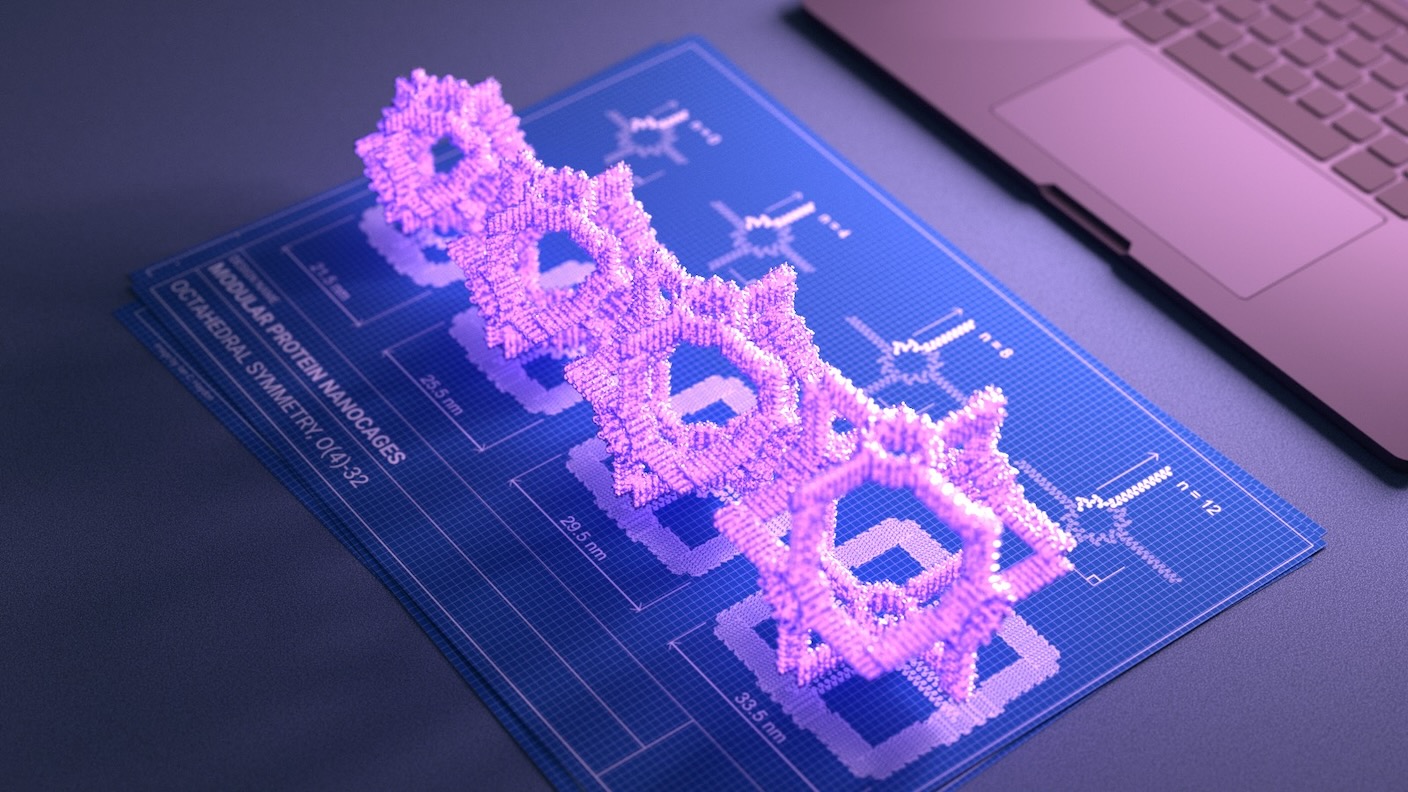The advent of artificial intelligence (AI) in the field of protein design is changing the landscape of biology and healthcare. Proteins, often referred to as biology's molecular machines, play a critical role in maintaining our bodies, regulating systems, and transmitting information between cells. The design and manipulation of these proteins through AI has become a groundbreaking achievement in the fields of biochemistry and biotechnology.
The Significance of Protein Design
Proteins are fundamental to various biological functions, serving as:
- Construction Workers: Building essential components of our bodies like muscles, bones, and organs.
- Regulators: Managing biochemical processes to ensure homeostasis.
- Communicators: Facilitating communication between cells via signaling pathways.
Thus, a profound understanding and ability to manipulate proteins can lead to innovations in therapies and treatments, improving human health and longevity.
Recent Advances in AI Protein Design
In 2024, the exciting developments in AI protein design have continued to unfold, leading to new breakthroughs and insights:
New Tools and Frameworks
Recent engineering enhancements have allowed AI to:
- Model protein binding to biomolecules like DNA and RNA.
- Utilize advanced tools such as RoseTTAFold and AlphaFold3, which provide accurate predictions of protein interactions, opening avenues for drug discovery.
Remarkable AI-Designed Proteins
Research has revealed that certain AI-designed proteins not only work but can revolutionize treatment methodologies:
| Protein Type | Description | Application |
|---|---|---|
| CRISPR Gene Editors | Designed to edit genes with precision. | Potential applications in genetic disease therapies. |
| Circle-shaped Proteins | Proteins for transforming stem cells into blood vessel types. | Vascular regeneration and repair. |
| Effector Proteins | Proteins that can shapeshift to alter biological responses. | Targeted therapeutic interventions. |
Applications Beyond Medicine
AI-designed proteins are not confined to medical applications. They have also shown potential in addressing climate challenges. For example, proteins that can be introduced into aquatic microbes to convert excess carbon into limestone illustrate the breadth of AI's influence on protein design.
Challenges in AI Protein Design
While progress has been notable, numerous challenges persist, particularly in:
Binder Development
Binder molecules, which can enhance or inhibit protein interactions, pose a unique challenge in terms of:
- Identifying critical binding regions on dynamic protein structures.
- Lack of public datasets, restricts generative AI from learning effectively.
Developing reliable binders that can be tested in living organisms remains an area of intense research.
Creating New Enzymes
Enzymes, which catalyze essential biochemical reactions, are critical in both natural and synthetic contexts. Despite AI's success, generating new enzymes with desired functions is highly complex due to:
- Similar biochemical functions not always correlating with structural similarities.
- The need for understanding enzyme “hotspots” that catalyze reactions.
Modeling Protein Dynamics
AI models are often trained on static images of proteins, which can hinder their predictive capabilities. Researchers are now attempting to address these limitations:
- Establishing libraries of proteins to observe flexibility and alterations in structure.
- Incorporating randomness in AI processes to predict dynamic shape-shifting proteins.
“Protein prediction is a competitive race, but collaboration and data sharing across teams could greatly enhance our progress.” – Dr. Jane Doe, Protein Design Expert
Future Directions
The future of AI in protein design holds great promise. Key areas of focus include:
- Developing more advanced computational tools to explore protein interactions and dynamics.
- Creating collaborative data-sharing networks for better resource accessibility.
- Incorporating negative data to guide AI in determining viable and toxic proteins.
As we continue down this path, the harmonization of scientific inquiry and artificial intelligence will yield significant advancements in the realms of medicine, environmental science, and biotechnology.
Literature Cited
1. DeepMind. (2024). AlphaFold3 Release and Innovations in AI Protein Design.
2. Singularity Hub. (2024). The Future of Protein Design: AI Innovations.
3. Lifespan.io.














Discussion